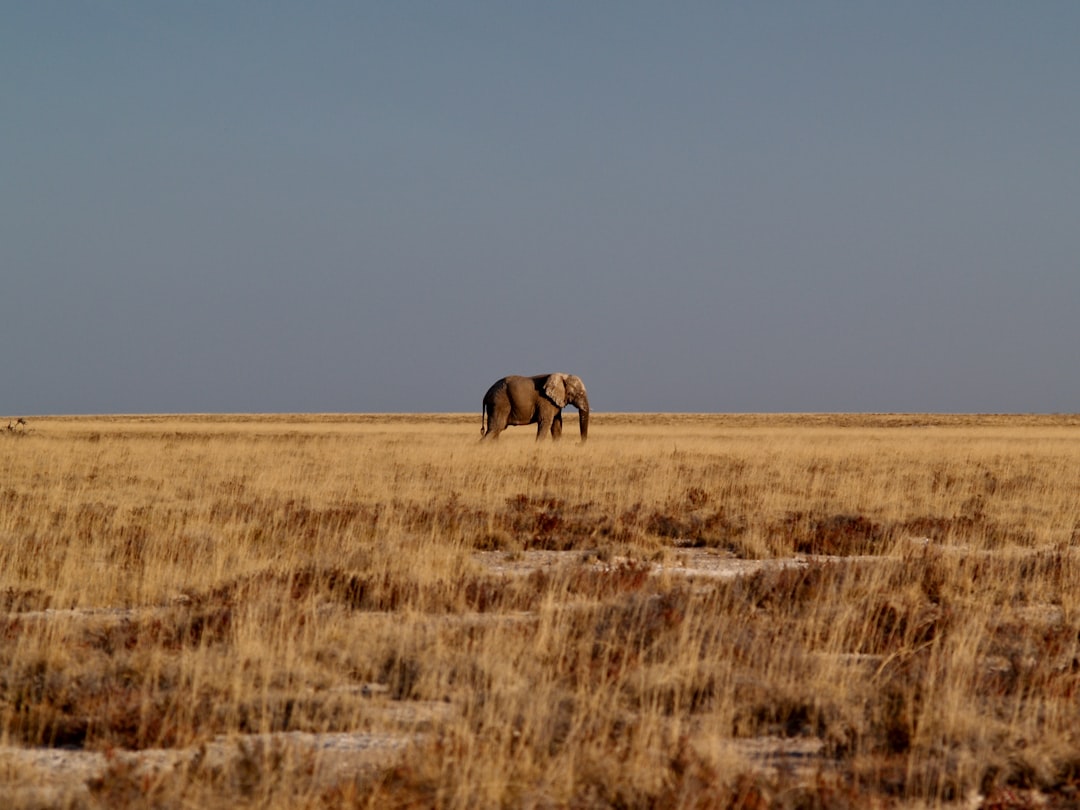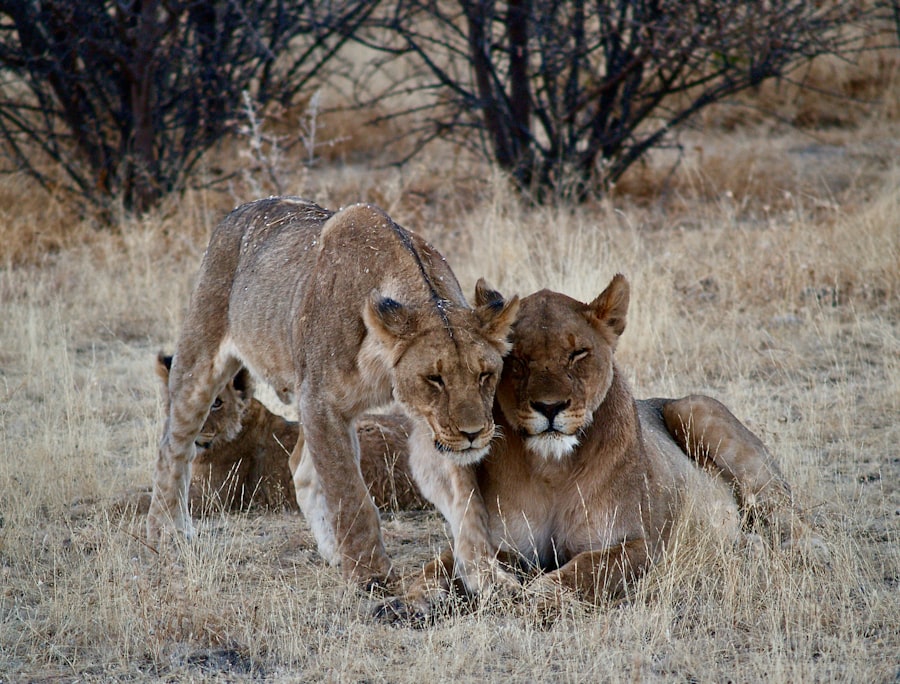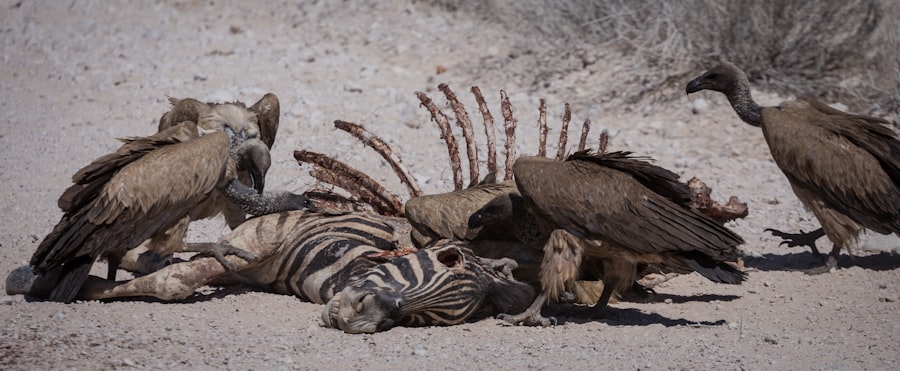
Namibia, a country located in the southwestern region of Africa, is renowned for its stunning landscapes, diverse ecosystems, and rich cultural heritage. Bordered by the Atlantic Ocean to the west, Angola to the north, Botswana to the southeast, and South Africa to the south, Namibia boasts a unique geographical position that contributes to its varied climate and topography. The country is characterized by vast deserts, rugged mountains, and expansive savannas, making it a haven for nature lovers and adventure seekers alike.
With a population of just over 2.5 million people, Namibia is one of the least densely populated countries in the world, allowing for an unspoiled natural environment that is both breathtaking and tranquil. The capital city, Windhoek, serves as the political and economic hub of Namibia. It is a vibrant city that reflects the country’s colonial past while embracing modernity.
This rich tapestry of heritage is evident in the country’s architecture, cuisine, and festivals. As travelers venture beyond Windhoek, they are greeted by a landscape that tells the story of millions of years of geological history, with ancient rock formations and unique ecosystems that are home to an array of flora and fauna.
Key Takeaways
- Namibia is a diverse and beautiful country located in southern Africa, known for its stunning landscapes, rich wildlife, and vibrant culture.
- Top places to visit in Namibia include the iconic red sand dunes of Sossusvlei, the otherworldly landscapes of the Skeleton Coast, and the wildlife-rich Etosha National Park.
- Namibia is home to unique wildlife such as desert-adapted elephants, black rhinos, and a variety of bird species, as well as breathtaking natural wonders like the Fish River Canyon and the Namib Desert.
- Cultural and historical sights in Namibia include the colonial architecture of Windhoek, the ancient rock art of Twyfelfontein, and the fascinating Himba and San communities.
- Adventure activities in Namibia range from sandboarding on the dunes of Swakopmund to hiking in the rugged terrain of Damaraland, and from hot air balloon rides over the Namib Desert to wildlife safaris in the country’s national parks.
Top Places to Visit in Namibia
One of the most iconic destinations in Namibia is the Namib Desert, home to the world-famous Sossusvlei. This area is characterized by towering red sand dunes that can reach heights of over 300 meters. The contrast between the vibrant orange dunes and the stark white salt pans creates a surreal landscape that attracts photographers and adventurers from around the globe.
Climbing Dune 45 at sunrise offers a breathtaking view of the surrounding area as the first rays of light illuminate the dunes. Nearby, Deadvlei presents a hauntingly beautiful scene with its ancient dead camel thorn trees set against a backdrop of orange sand and blue skies. Another must-visit location is Etosha National Park, one of Africa’s premier wildlife reserves.
Covering an area of approximately 22,000 square kilometers, Etosha is home to a diverse range of wildlife, including elephants, lions, giraffes, and numerous species of antelope. The park’s centerpiece is the Etosha Pan, a vast salt flat that becomes a shimmering expanse during the rainy season. Visitors can embark on self-drive safaris or guided tours to witness the incredible wildlife up close.
The park’s waterholes provide excellent opportunities for game viewing, especially during the dry season when animals congregate around these vital sources of water.
Namibia’s Unique Wildlife and Nature

Namibia’s wildlife is as diverse as its landscapes, with ecosystems ranging from arid deserts to lush wetlands. The country is home to several endemic species and offers some of the best opportunities for wildlife viewing in Africa. One notable example is the desert-adapted elephants found in the Kunene region.
These elephants have evolved to survive in harsh desert conditions, traveling long distances in search of food and water. Their unique adaptations make them a fascinating subject for wildlife enthusiasts and photographers. In addition to elephants, Namibia is also known for its population of black rhinos, which are critically endangered.
Conservation efforts in Namibia have been successful in increasing their numbers through community-based initiatives that involve local populations in wildlife management. The country has become a leader in sustainable tourism practices that benefit both wildlife conservation and local communities. Visitors can participate in rhino tracking experiences that not only provide an opportunity to see these magnificent creatures but also contribute to their protection.
The coastal region of Namibia offers a different kind of natural beauty with its dramatic cliffs and sandy beaches along the Skeleton Coast. This area is known for its shipwrecks and rich marine life, including seals and dolphins. The Cape Cross Seal Reserve is home to one of the largest colonies of Cape fur seals in the world, providing visitors with an up-close experience of these playful animals in their natural habitat.
The stark contrast between the arid desert landscape and the crashing waves of the Atlantic Ocean creates a unique environment that showcases Namibia’s diverse natural offerings. Namibia Tourism
Cultural and Historical Sights in Namibia
| Location | Attraction | Description |
|---|---|---|
| Windhoek | Independence Memorial Museum | Exhibits on Namibia’s struggle for independence |
| Swakopmund | Swakopmund Museum | Displays on Namibia’s natural and cultural history |
| Twyfelfontein | Twyfelfontein Rock Engravings | UNESCO World Heritage Site with ancient rock art |
| Lüderitz | Kolmanskop Ghost Town | Abandoned diamond mining town with preserved buildings |
Namibia’s cultural heritage is deeply rooted in its indigenous communities, each with their own unique traditions and customs.
The Himba people, known for their distinctive dress and intricate hairstyles, inhabit the northern regions of Namibia. Their semi-nomadic lifestyle revolves around cattle herding and traditional practices that have been passed down through generations.
Visitors can engage with Himba communities through cultural tours that provide insight into their way of life while promoting sustainable tourism practices. Another significant cultural site is Twyfelfontein, a UNESCO World Heritage Site that features one of the largest collections of petroglyphs in Africa. These ancient rock engravings date back thousands of years and depict various animals and human figures, offering a glimpse into the lives of early inhabitants of the region.
Guided tours led by local experts provide context and interpretation of these remarkable artworks, allowing visitors to appreciate their historical significance. The capital city of Windhoek also offers cultural experiences through its museums and galleries. The Independence Memorial Museum showcases Namibia’s struggle for independence from colonial rule and highlights key figures in its history.
The National Art Gallery features works by Namibian artists that reflect the country’s diverse cultural landscape. Exploring these sites provides travelers with a deeper understanding of Namibia’s past and present.
Adventure Activities in Namibia
For those seeking adventure, Namibia offers an array of thrilling activities that cater to all levels of experience. One popular option is sandboarding on the dunes near Swakopmund, where adrenaline junkies can glide down steep slopes on specially designed boards. This exhilarating experience combines elements of surfing and snowboarding while providing stunning views of the surrounding desert landscape.
Another adventure activity that draws visitors is hot air ballooning over the Namib Desert at sunrise. As the sun rises over the horizon, passengers are treated to panoramic views of the vast expanse of sand dunes below. The serene experience allows for quiet reflection while witnessing one of nature’s most beautiful spectacles from above.
For those interested in more rugged adventures, hiking in Fish River Canyon presents an unforgettable experience. This massive canyon is one of the largest in the world and offers challenging trails that wind through dramatic landscapes. Hikers can explore ancient geological formations while enjoying breathtaking views from various vantage points along the way.
Practical Tips for Traveling in Namibia

Traveling in Namibia requires some preparation to ensure a smooth experience. Given its vast size and relatively low population density, it is advisable to rent a vehicle for greater flexibility when exploring remote areas. Many travelers opt for 4×4 vehicles equipped for off-road driving to access more secluded destinations such as Damaraland or Kaokoland.
When planning a trip to Namibia, it is essential to consider the best time to visit based on weather conditions and wildlife viewing opportunities. The dry season from May to October is generally considered ideal for game viewing as animals congregate around water sources. However, this period can also be quite hot during midday hours, so early morning or late afternoon excursions are recommended.
Travelers should also be aware of health considerations when visiting Namibia. It is advisable to consult with a healthcare professional regarding vaccinations and malaria prophylaxis before traveling to certain regions. Additionally, staying hydrated and using sunscreen are crucial due to the high UV index prevalent in many parts of the country.
In terms of cultural sensitivity, it is important for visitors to respect local customs and traditions when interacting with indigenous communities. Engaging with local guides not only enhances understanding but also supports community-based tourism initiatives that benefit local populations. Namibia’s allure lies not only in its breathtaking landscapes but also in its rich cultural tapestry and diverse wildlife.
With careful planning and an adventurous spirit, travelers can immerse themselves in this remarkable country that offers experiences unlike any other on the African continent.
If you’re intrigued by the diverse landscapes and cultural richness highlighted in our article on Namibia, you might also enjoy exploring more about other unique destinations around the world. For instance, the Republic of the Congo offers a fascinating journey into the heart of Africa with its lush rainforests and vibrant wildlife. Learn more about what this captivating country has to offer by visiting Republic of the Congo Facts and Places to Visit. This article provides insights into the country’s key attractions and essential facts, making it a great resource for planning your next adventure or simply expanding your geographical knowledge.
FAQs
What are some interesting facts about Namibia?
Namibia is home to the world’s oldest desert, the Namib Desert, and the world’s second largest canyon, the Fish River Canyon. It is also one of the least densely populated countries in the world.
What are some popular places to visit in Namibia?
Some popular places to visit in Namibia include Etosha National Park, Sossusvlei, Fish River Canyon, Swakopmund, and the Skeleton Coast.
What are some must-see sights in Namibia?
Must-see sights in Namibia include the towering sand dunes of Sossusvlei, the wildlife of Etosha National Park, the dramatic landscapes of Fish River Canyon, and the colonial architecture of Swakopmund.
What is the best time to visit Namibia?
The best time to visit Namibia is during the dry season, which runs from May to October. This is when the weather is cooler and wildlife viewing is at its best.
What are some unique experiences to have in Namibia?
Some unique experiences to have in Namibia include quad biking on the sand dunes of Sossusvlei, visiting a Himba village to learn about the traditional culture, and taking a hot air balloon ride over the Namib Desert.



